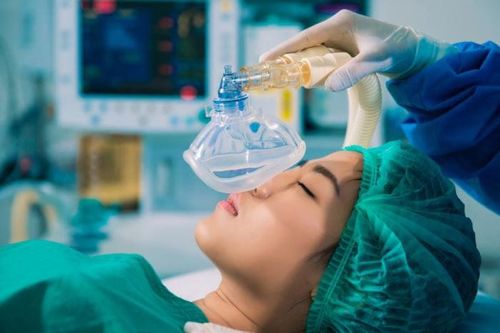This is an automatically translated article.
Epicain is used for deep anesthesia or local anesthesia. The following are the uses, doses and precautions when using Epicain. Read the article below to get more useful information about this drug.
1. What effect does Epicain have?
Epicain medicine has ingredients including Lidocaine HCl, Epinephrine Bitatrate. The drug is prepared in the form of an injectable solution with the packaging of 50 ampoules x 1.8ml.
Epicain is used for deep anesthesia or local anesthesia.
The following cases should not use Epicain for epidural anesthesia:
Patients with a history of severe blood loss or shock caused by Epicain; The patient has a blood infection. Do not give epidural anesthesia at the injection site that is inflamed; Do not use in cases of hypersensitivity to any ingredient of the drug or other amide-derivative local anesthetics; Patients with hypersensitivity to vasopressors; Patients with hypertension, atherosclerosis, heart failure, hyperthyroidism, diabetes mellitus and vasospasm.
2. Dosage and how to use Epicain
Epicain is used for deep anaesthesia or local anaesthesia, so it should only be used under the doctor's prescription and instructions.
Use in anesthesia in dental procedures: Use an injection dose of 6-40mg Lidocaine HCL, equivalent to 0.3-2.0ml) for deep anesthesia or local anesthesia; Use in oral surgery anesthesia: Use an injection dose of 60-100mg Lidocaine HCL, equivalent to 3-5ml.
3. Side effects
Some side effects of Epicain include:
Shock: Patients should be closely monitored because shock may occur. In case of hypotension, cyanosis, arrhythmia, hypoventilation, the drug must be stopped and treated immediately; Malignant hyperthermia (except for surface anesthesia): If the patient develops symptoms of tachycardia, arrhythmia, changes in blood pressure, fever, cyanosis, acidosis, dystonia, sweating, hyperkalemia, increased respiration, myoglobinuria... it is necessary to stop taking the drug for the patient and take appropriate treatment measures such as intravenous dantrolene sodium infusion, cooling, oxygen breathing, acid-base balance; Central Nervous System Effects: If tremors or spasms occur, the patient should be discontinued and appropriate treatment instituted, such as intravenous diazepam or a superfast acting barbiturate such as thiopental. Dizziness, anxiety, restlessness, dizziness, vomiting, and nausea may occur, so the patient must be closely monitored. Hypersensitivity reactions such as urticaria, edema may also occur.
4. Be careful when taking medicine
Epidural anesthesia should be used with caution in the following cases: Patients with central nervous system diseases such as meningitis, encephalomyelitis; Pregnant; Elderly patients; Patients with spinal deformities. Use local anesthetics with caution in patients with the halogen group. Local anesthetics should be used with caution in patients taking tricyclic antidepressants or monoamine oxidase inhibitors. The safety of the drug in pregnant women has not been established, so it should not be used in pregnant or suspected pregnant women. Consider use when the risks and benefits of taking the drug are clearly identified. Lidocaine is excreted in small amounts in breast milk. Adrenaline is also considered safe when administered to breastfeeding women. After injecting Epicain, you will not be able to drive or operate machinery.
5. Epicain drug interactions
The blood pressure-raising effect of epinephrine is significantly increased in patients receiving non-selective beta-blockers such as propanolol. Beta-blockers when used concurrently with Lidocaine may slow down the metabolism of Lidocaine by reducing hepatic blood flow, increasing the risk of Lidocaine toxicity; Patients treated with tricyclic antidepressants have a very strong response to epinephrine injection; Cimetidine, when used concomitantly with Lidocaine, inhibits the metabolism of Lidocaine in the liver, increasing the risk of Lidocaine toxicity.













